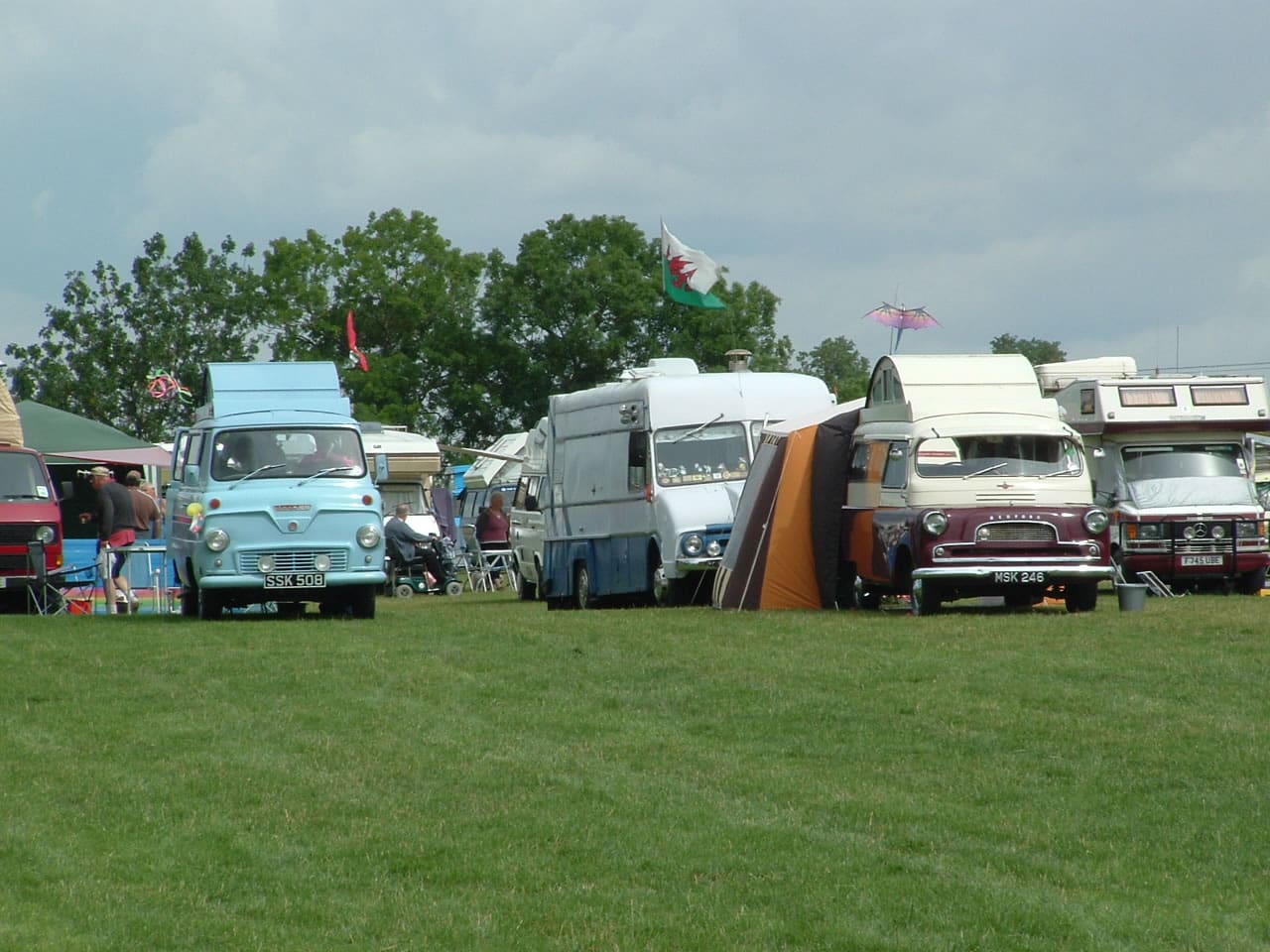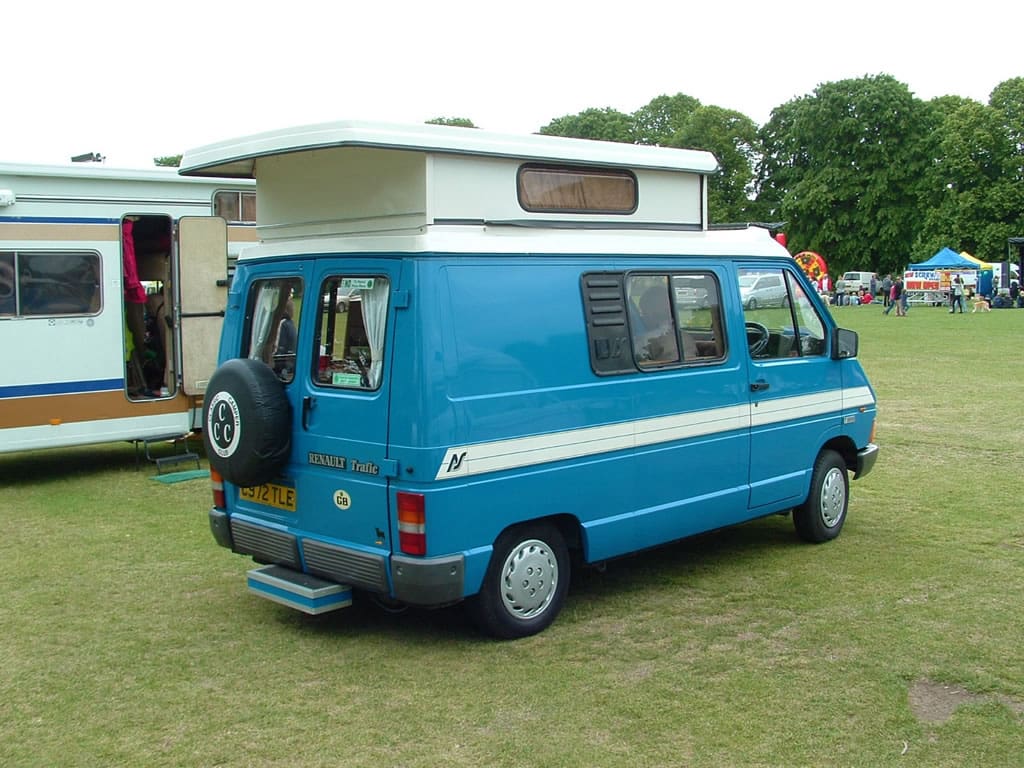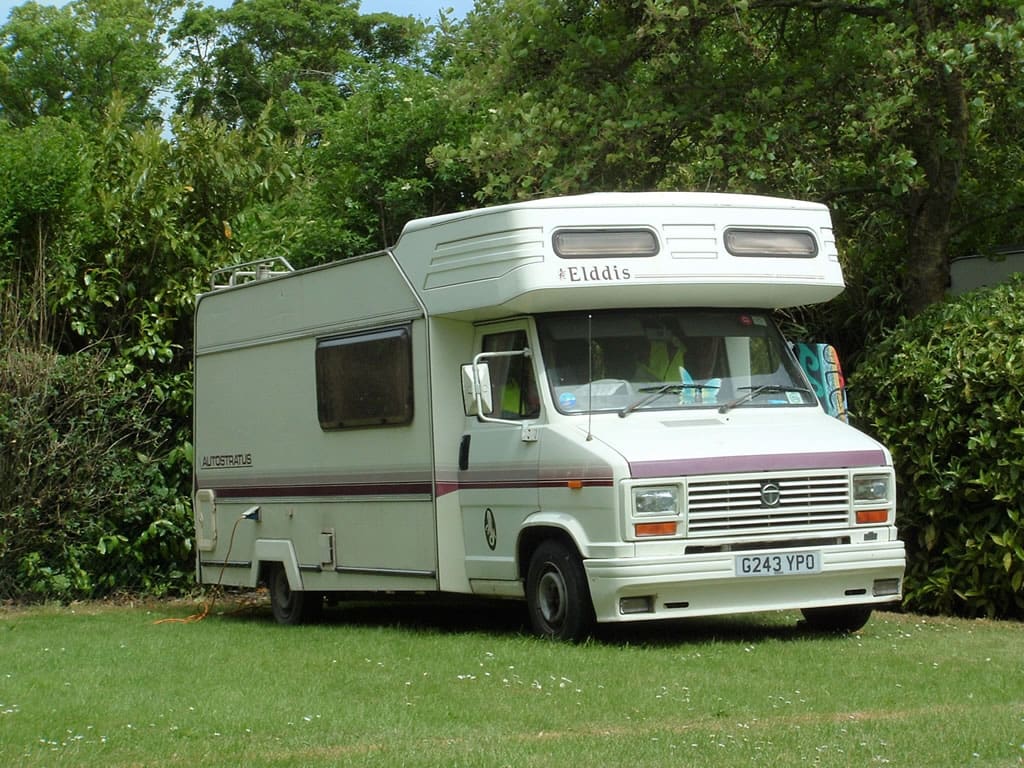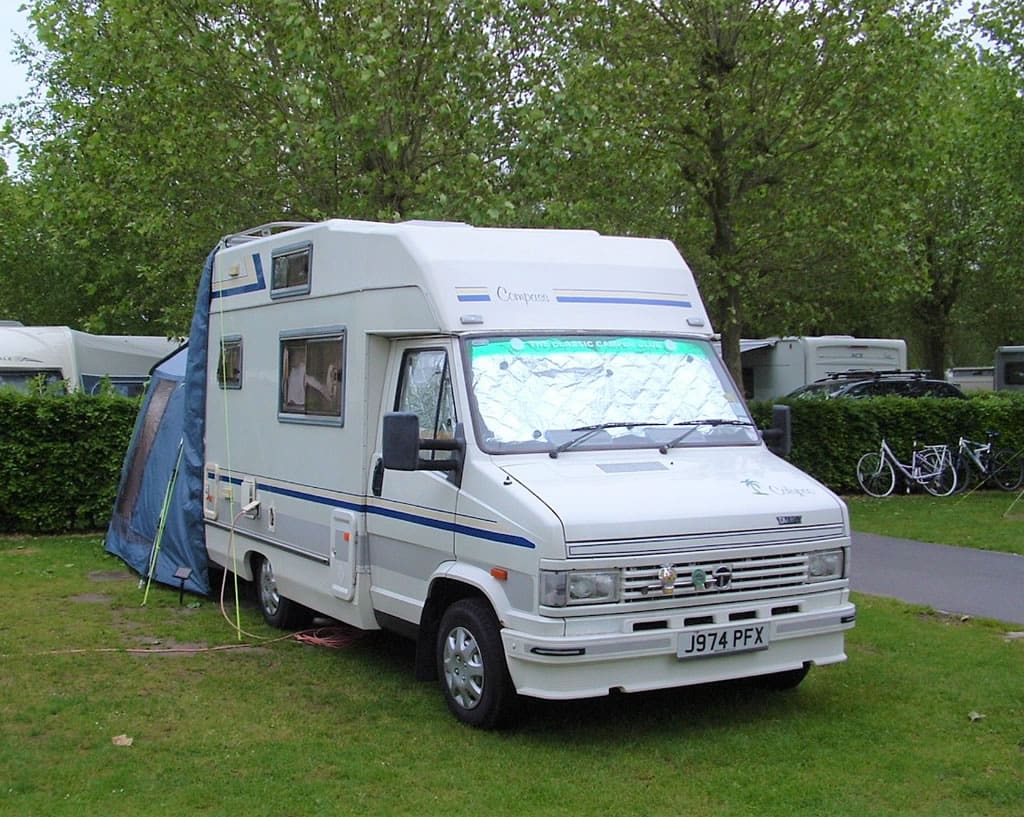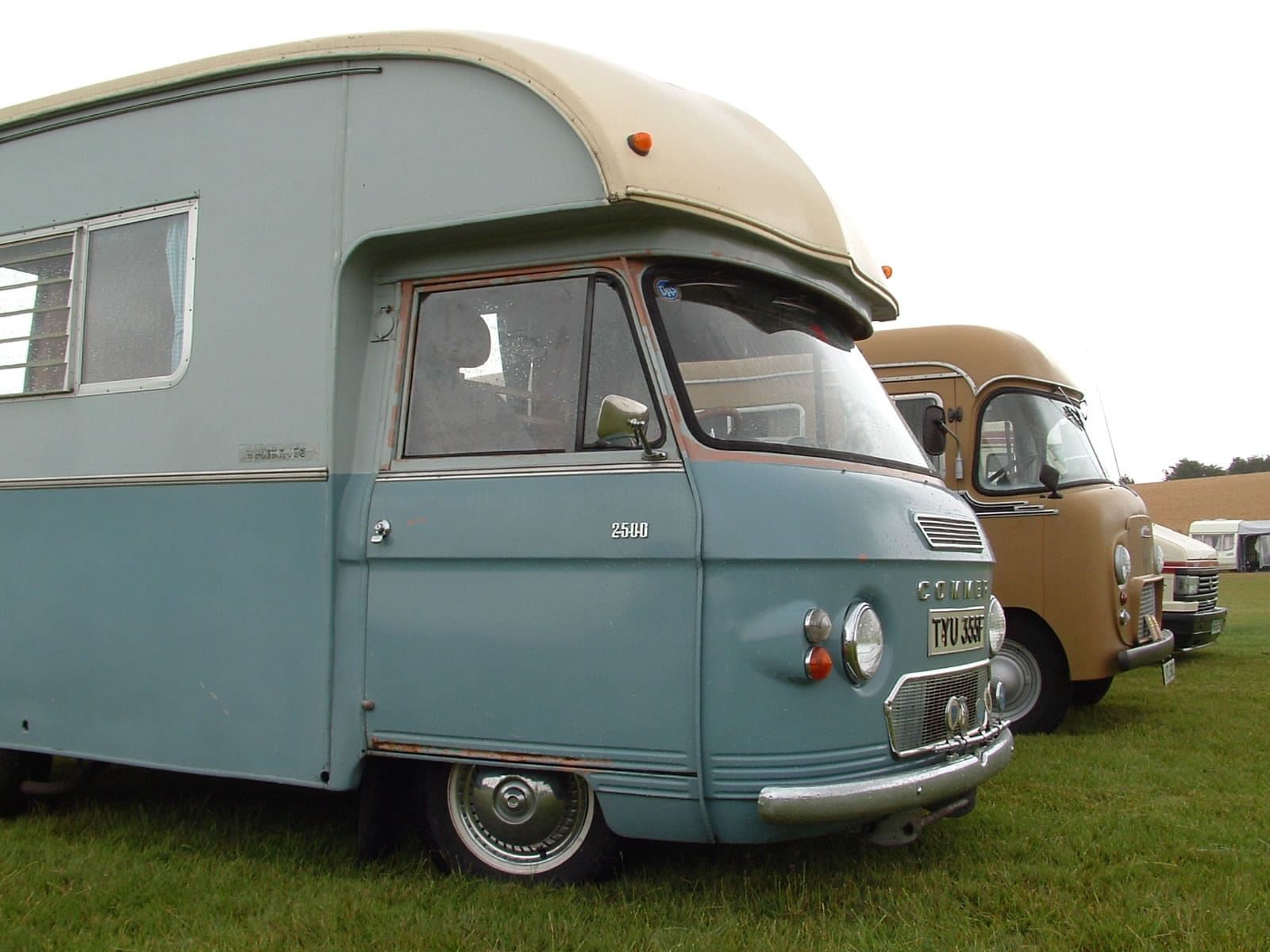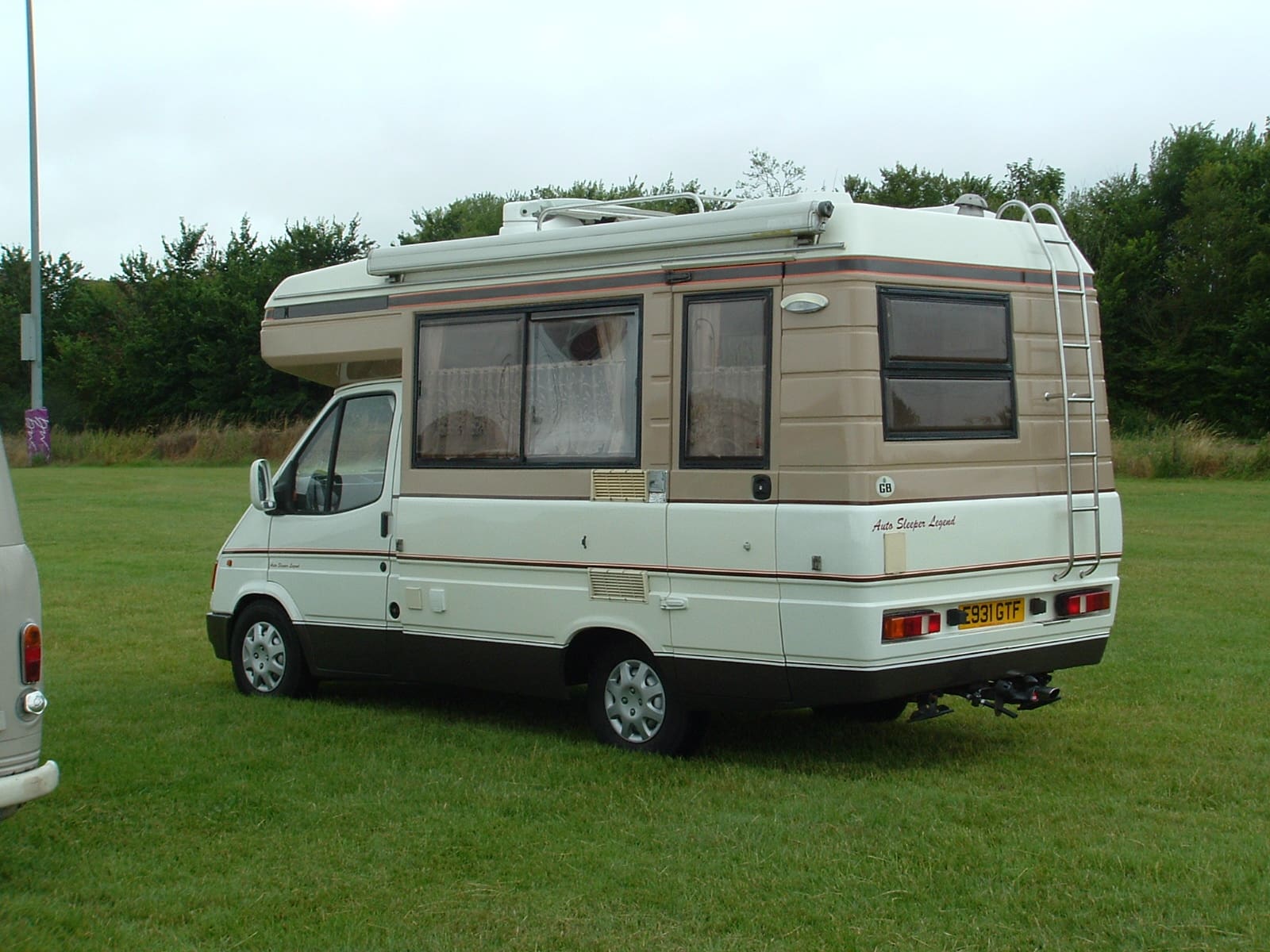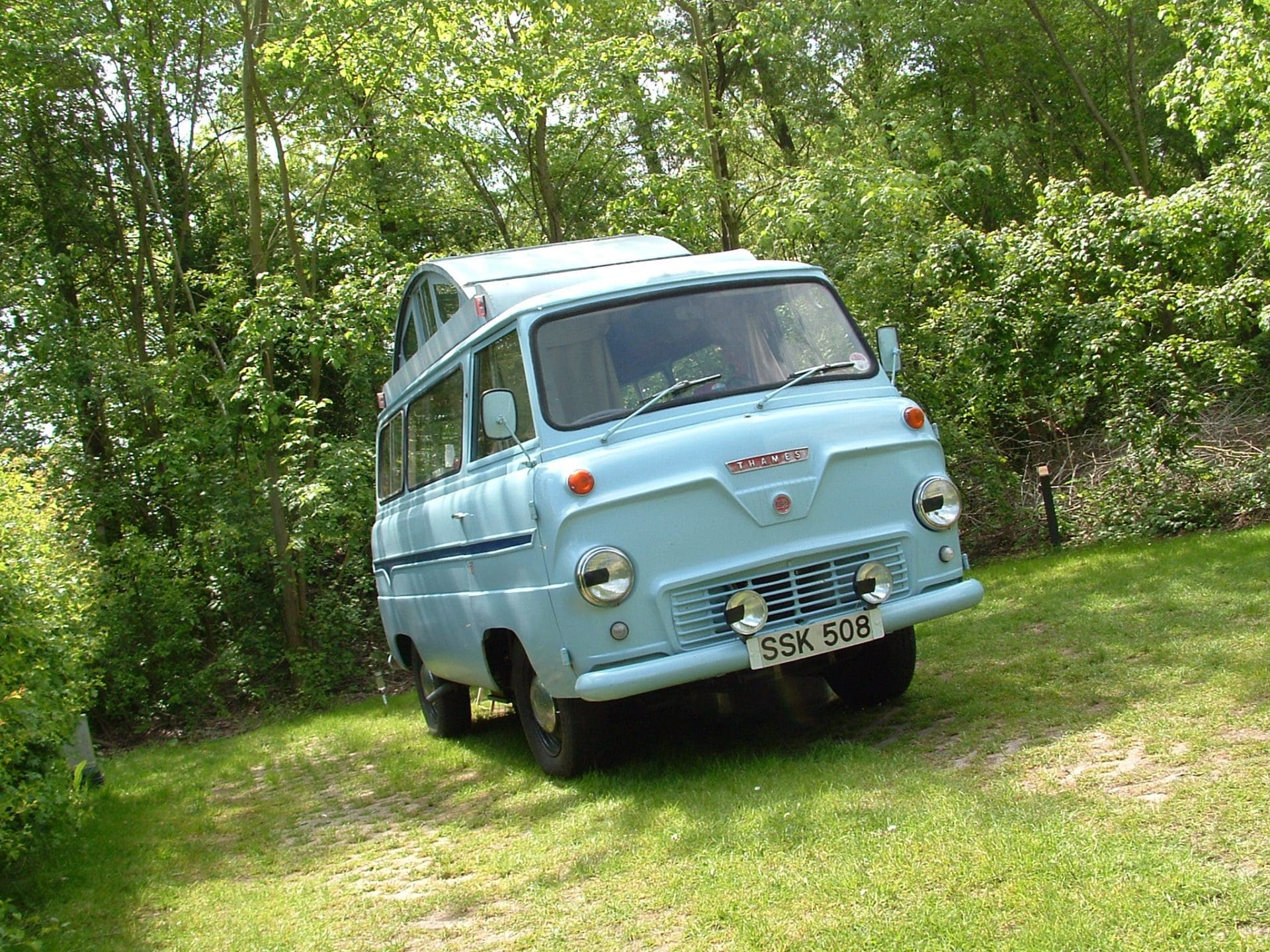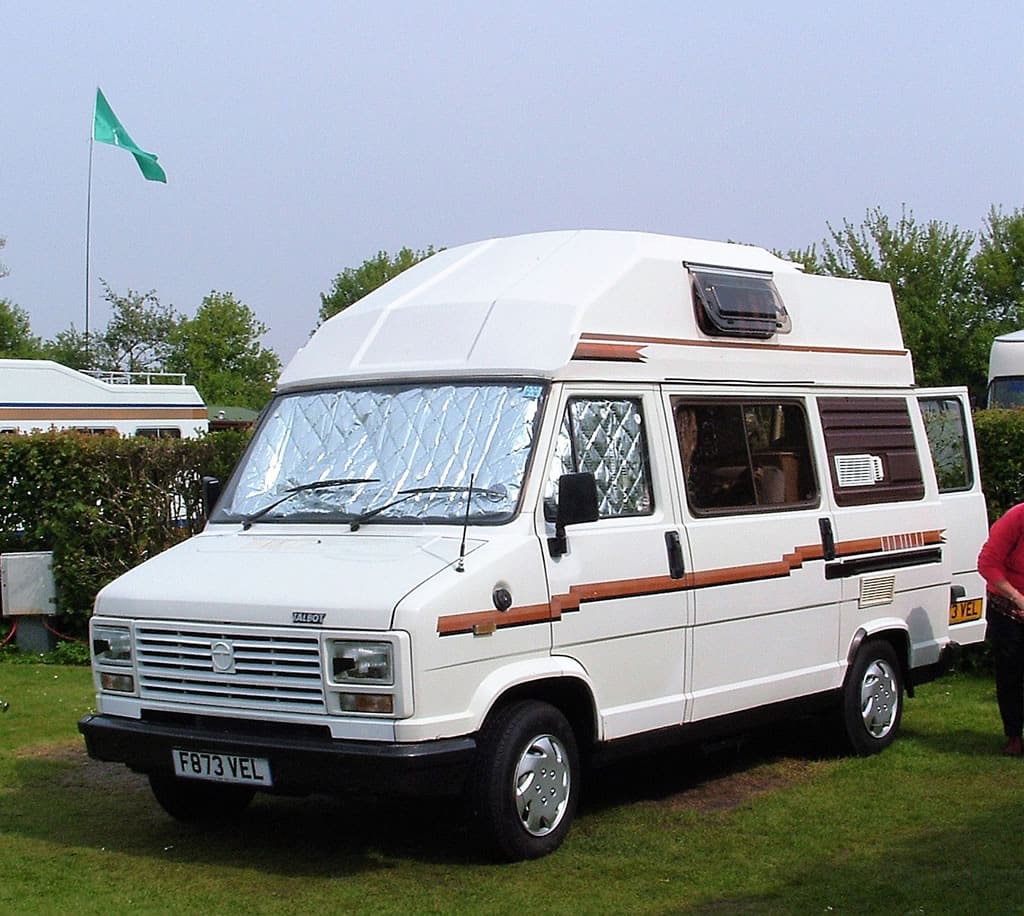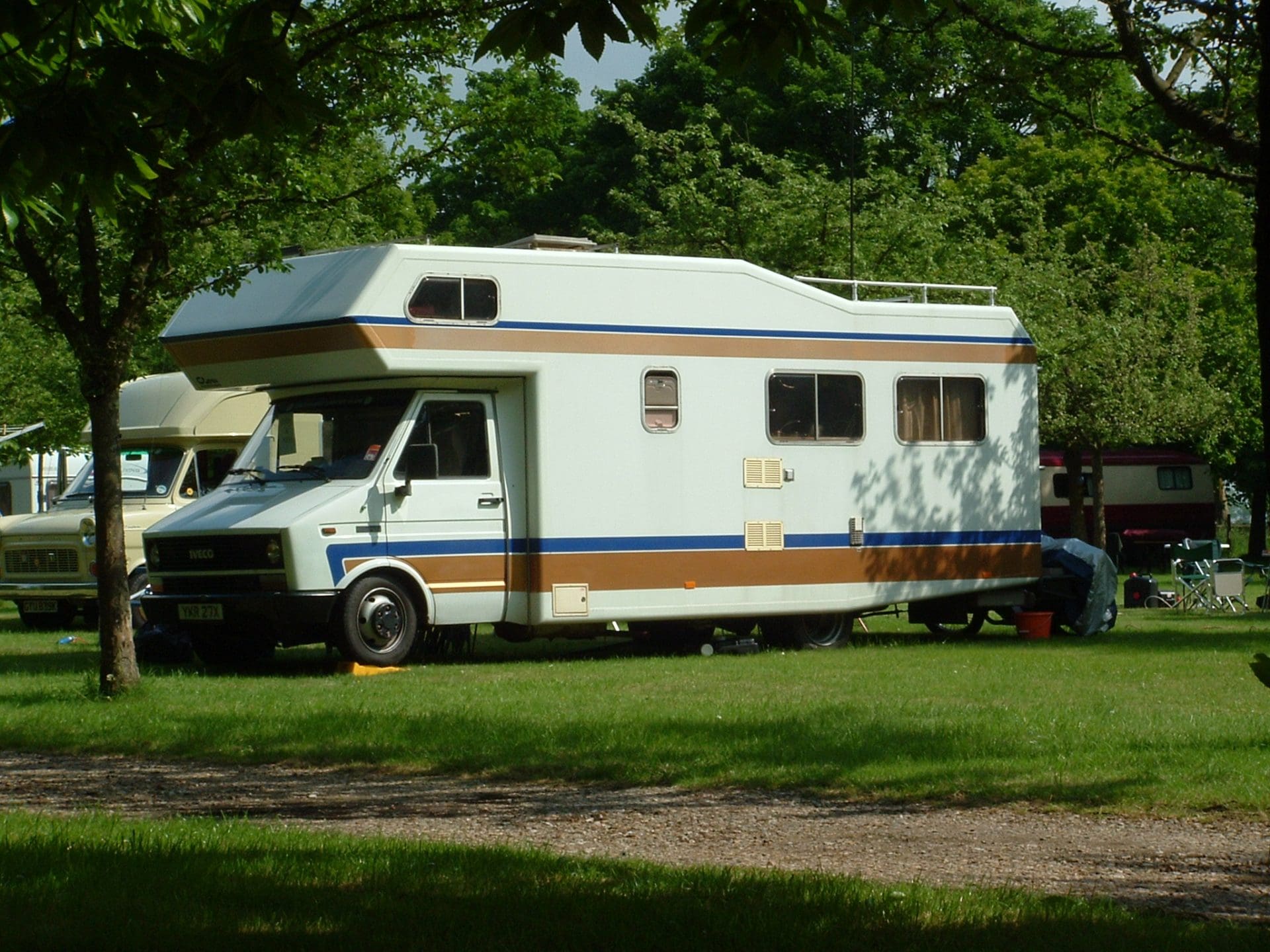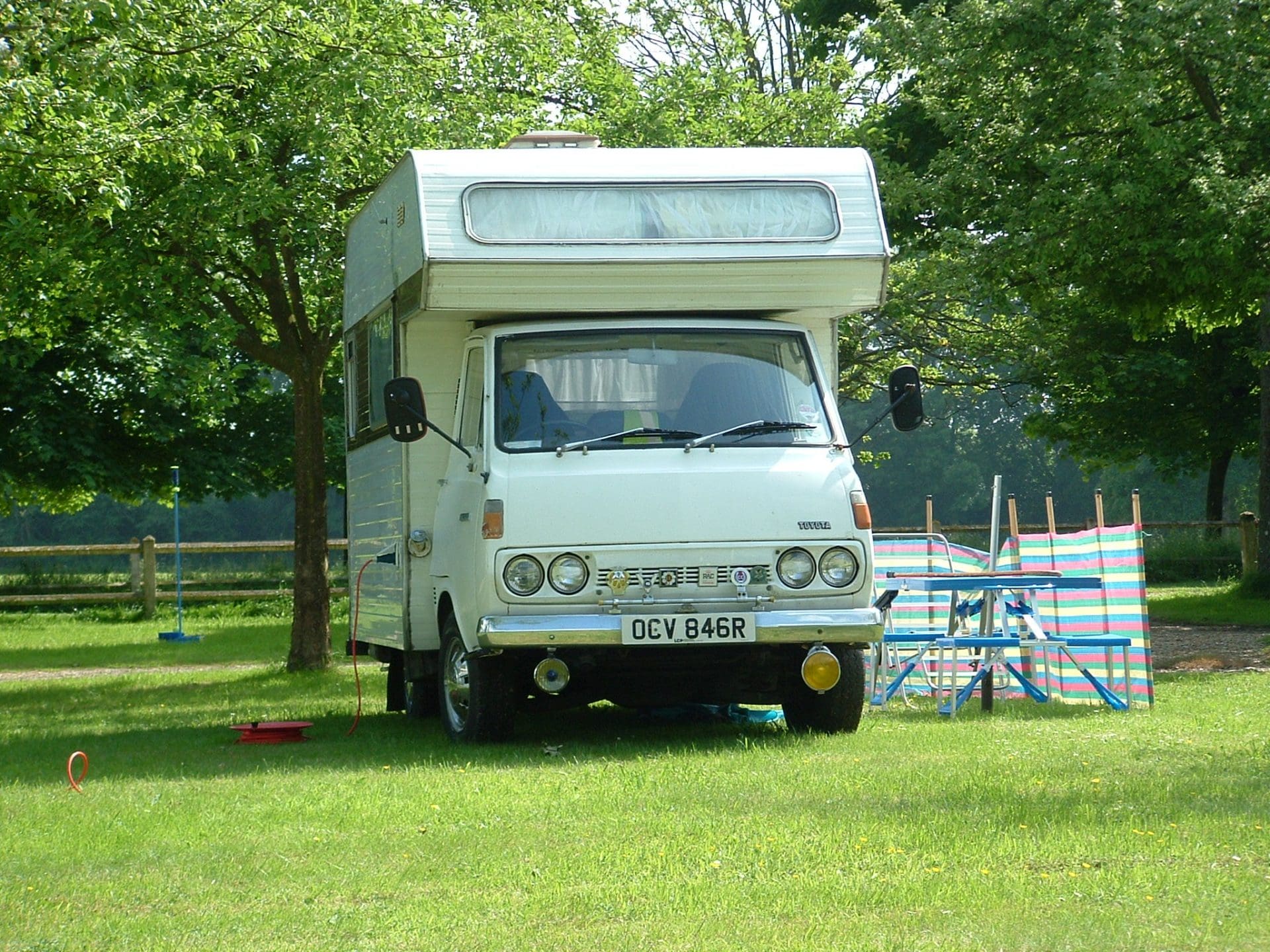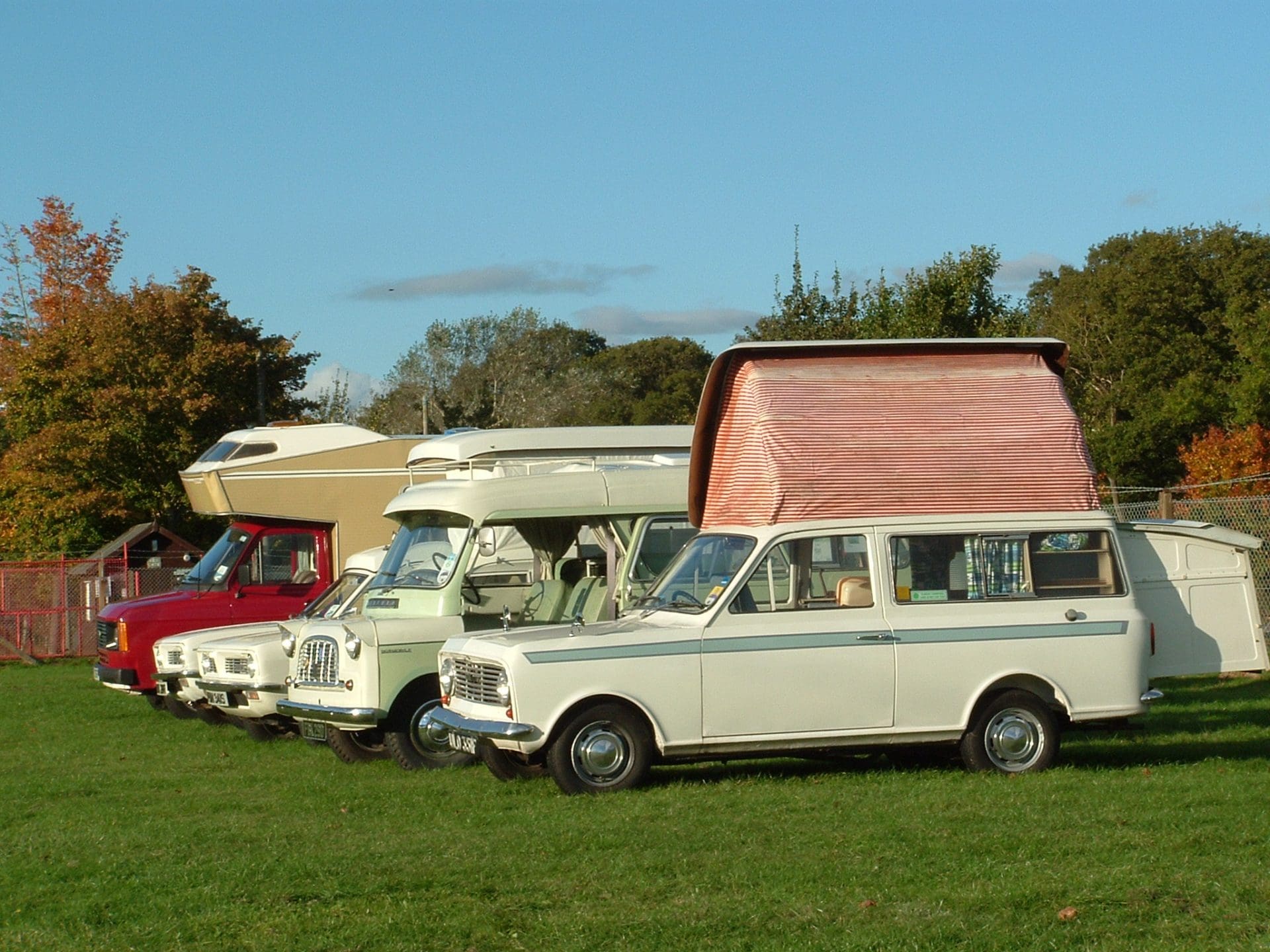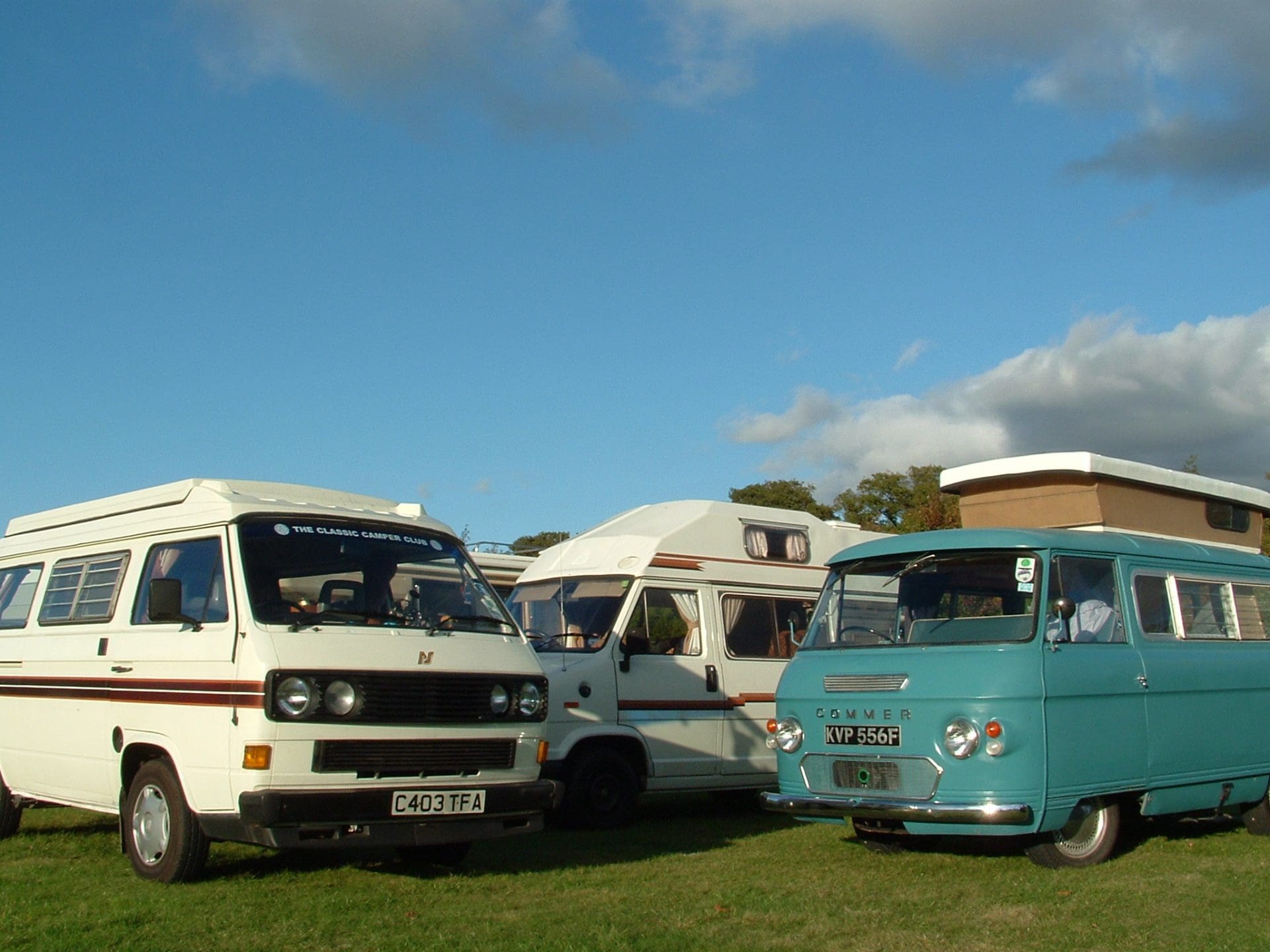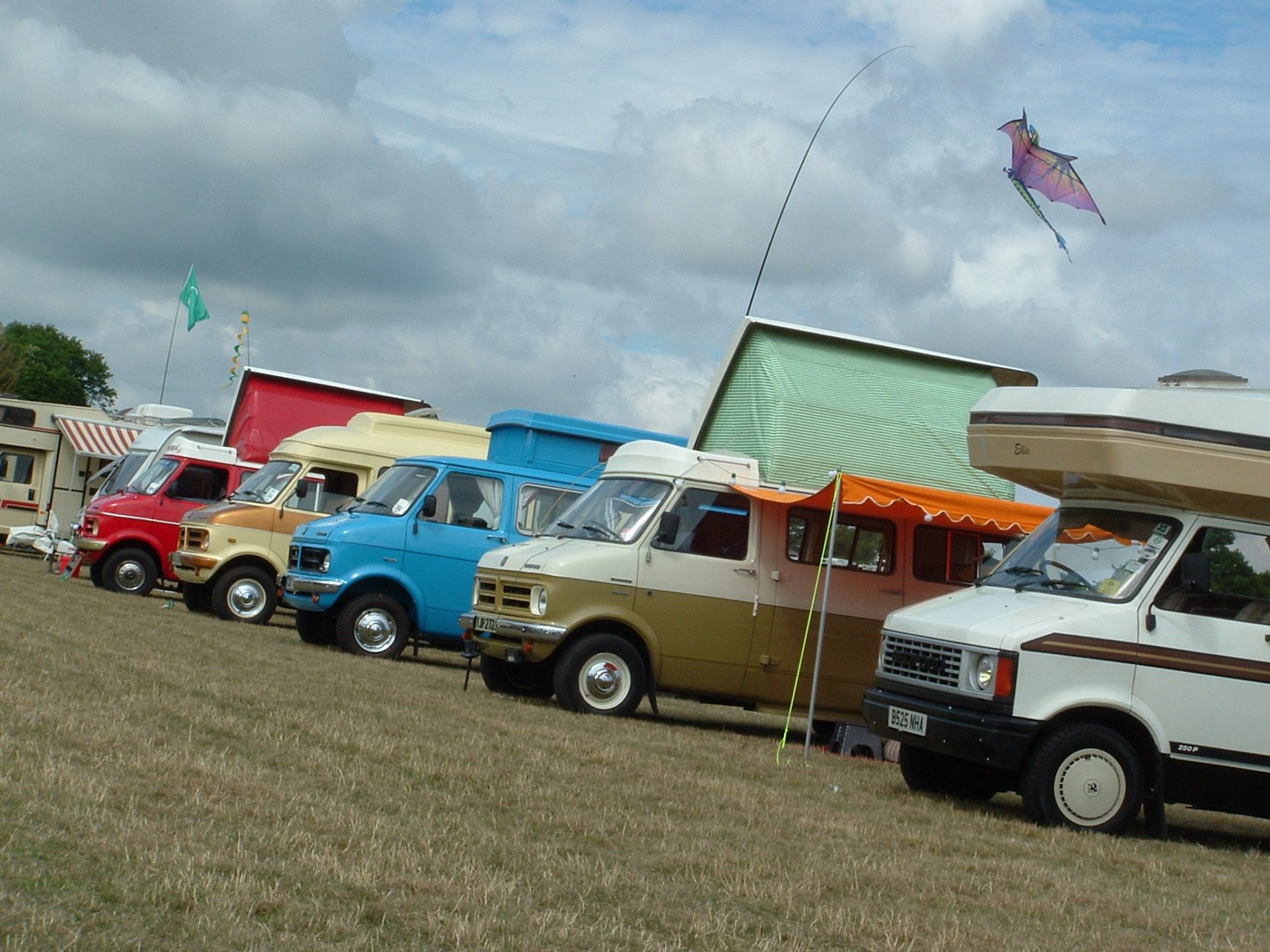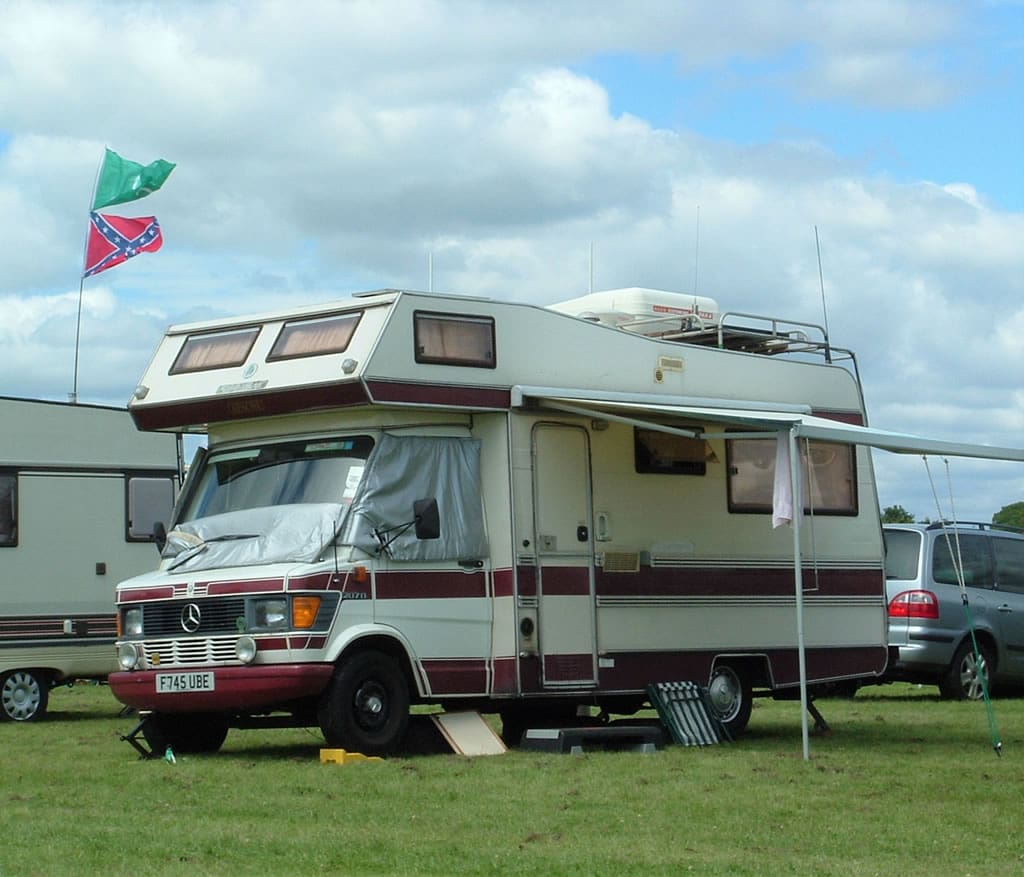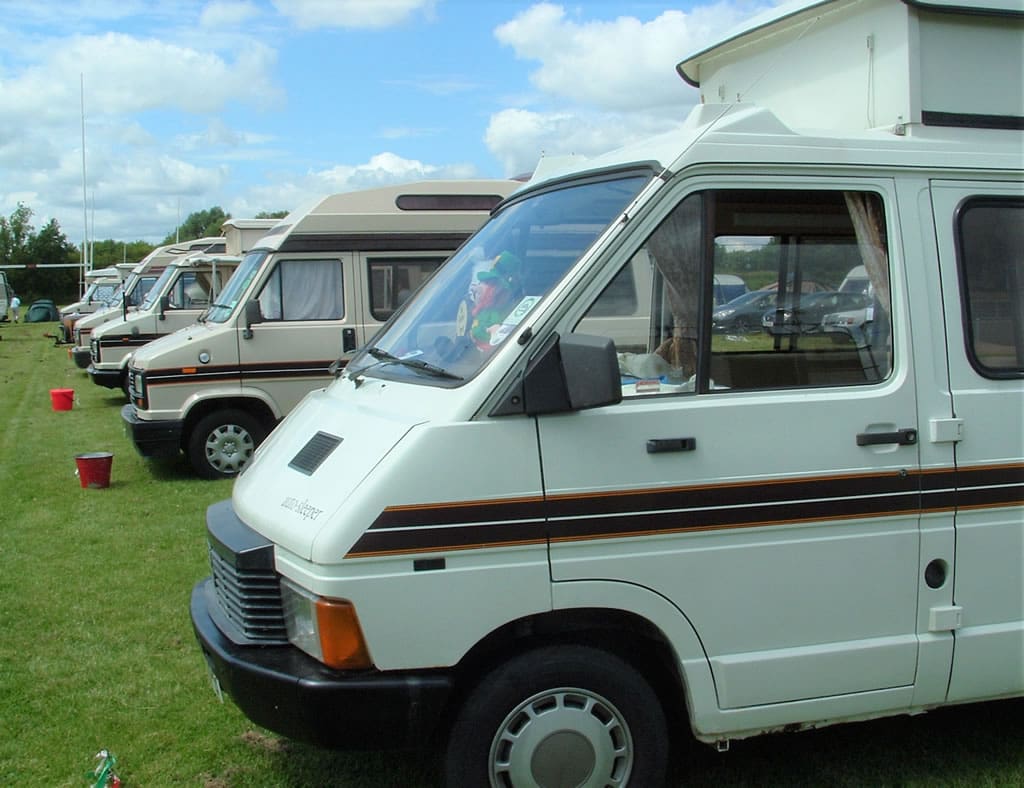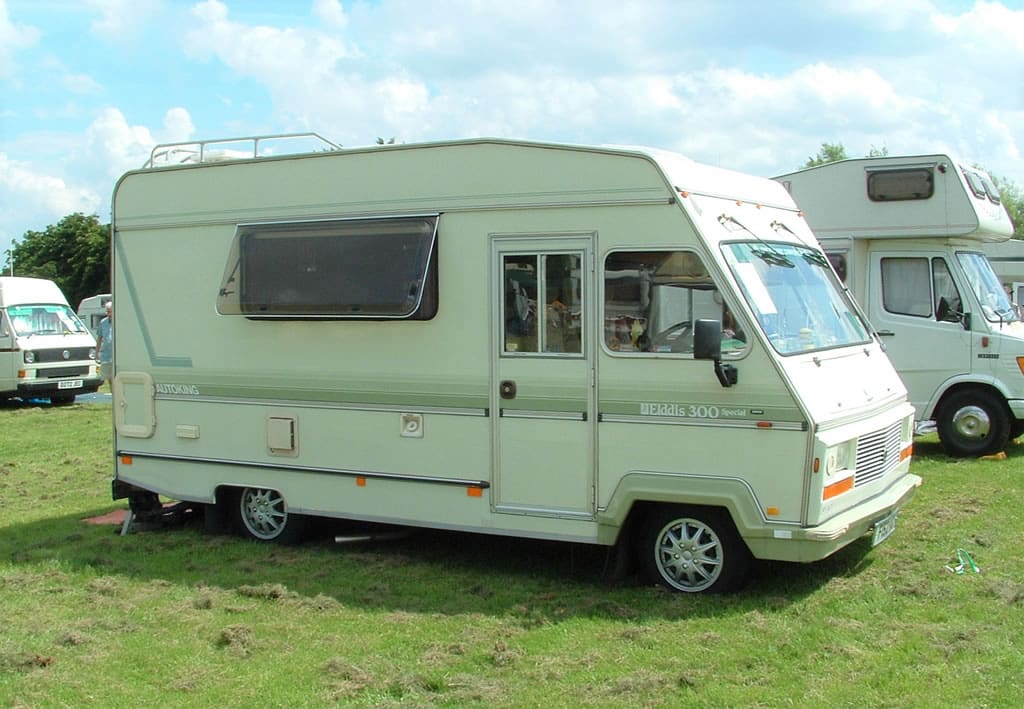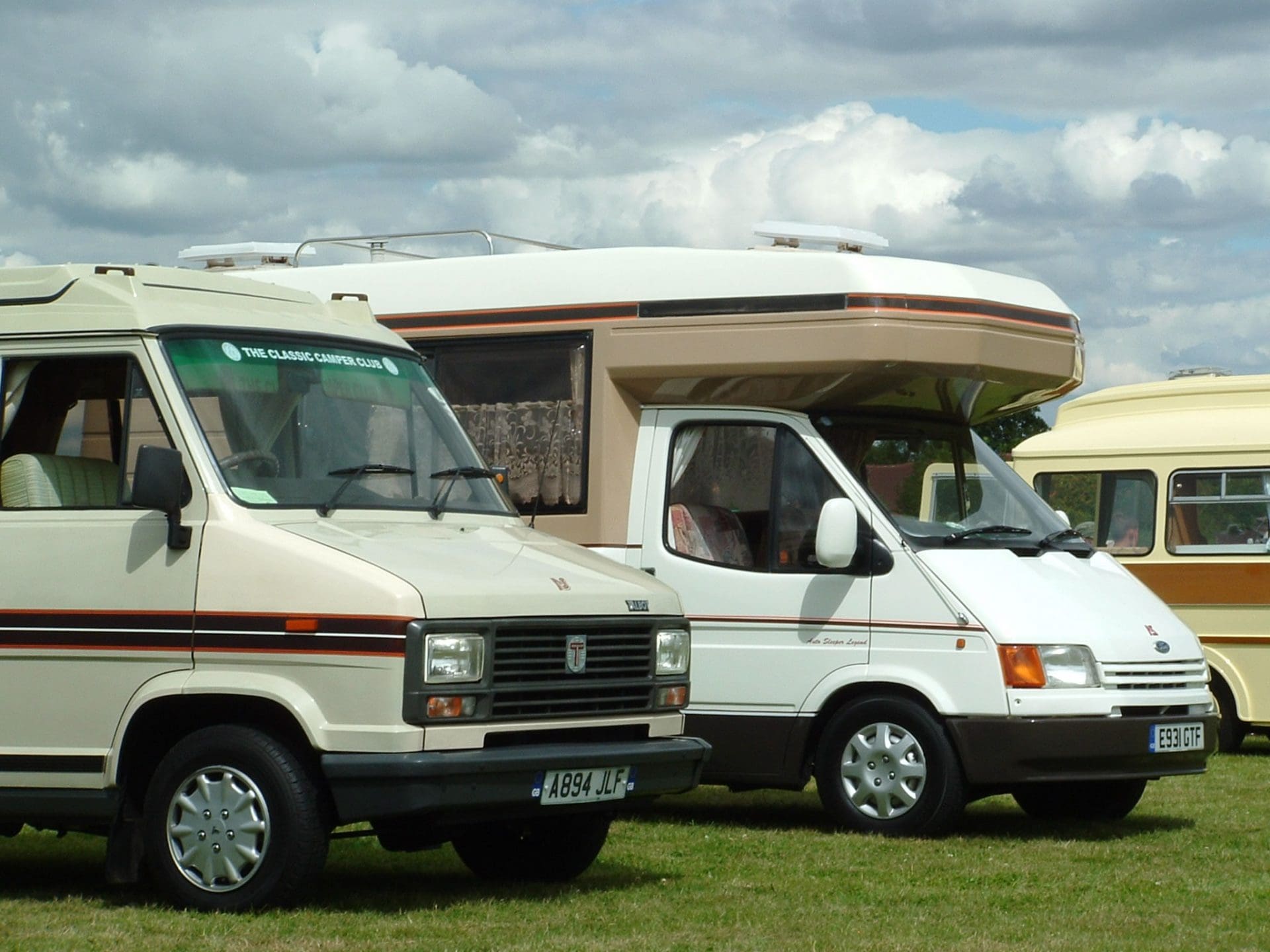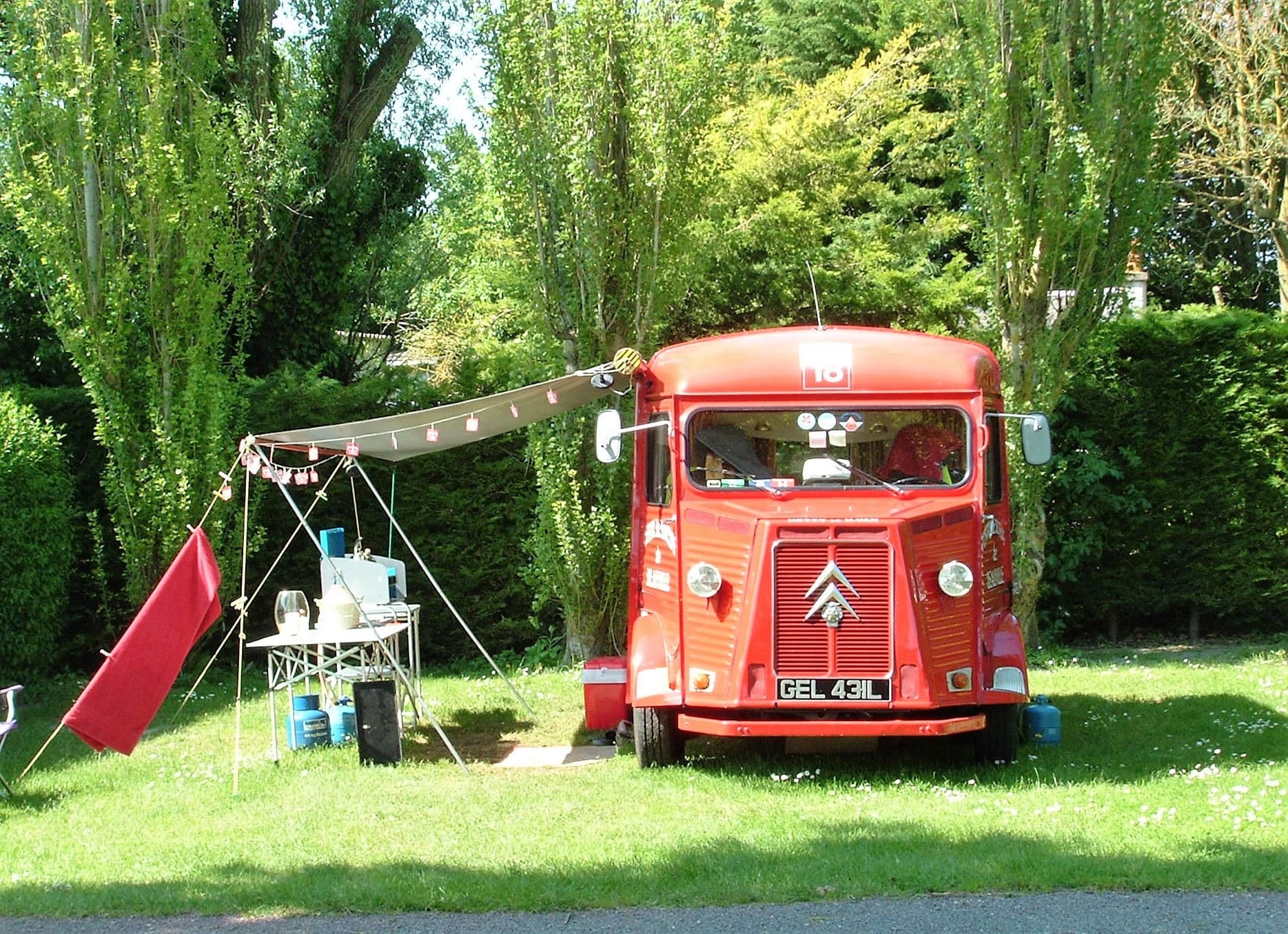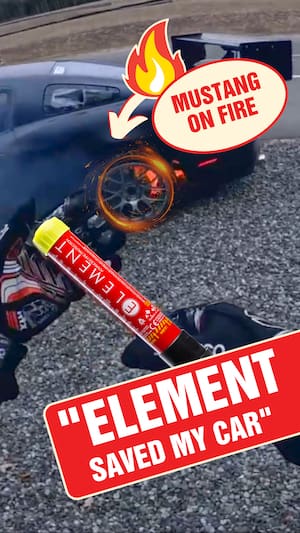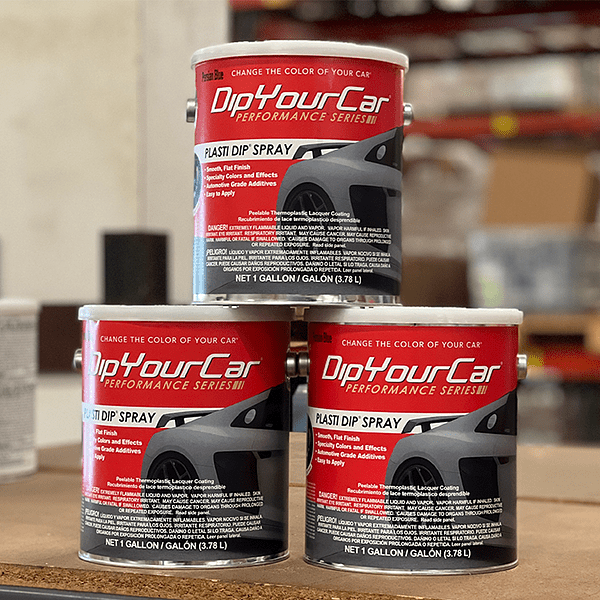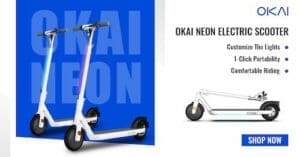
BY Richard Webber—During the pandemic, campervan madness swept across the UK with sales rocketing by more than 150 per cent. While that surge in demand has waned somewhat, a strong appetite for living the dream remains.
It has long been a popular pastime, but you don’t always need a brand new camper to take part in this travel trend
In fact, a healthy number of people are still keen to take to the open road to relish the sense of freedom this form of transport affords. While some people opt for a spanking new camper brimming with mod-cons, a growing number of owners are adamant that nothing can beat a good old homegrown classic.
As a YouGov poll once revealed, nine in ten Britons are nostalgic, with more preferring to travel to the past – if that were possible – than the future. Here, we catch up with some proud owners of some classic British campervans.
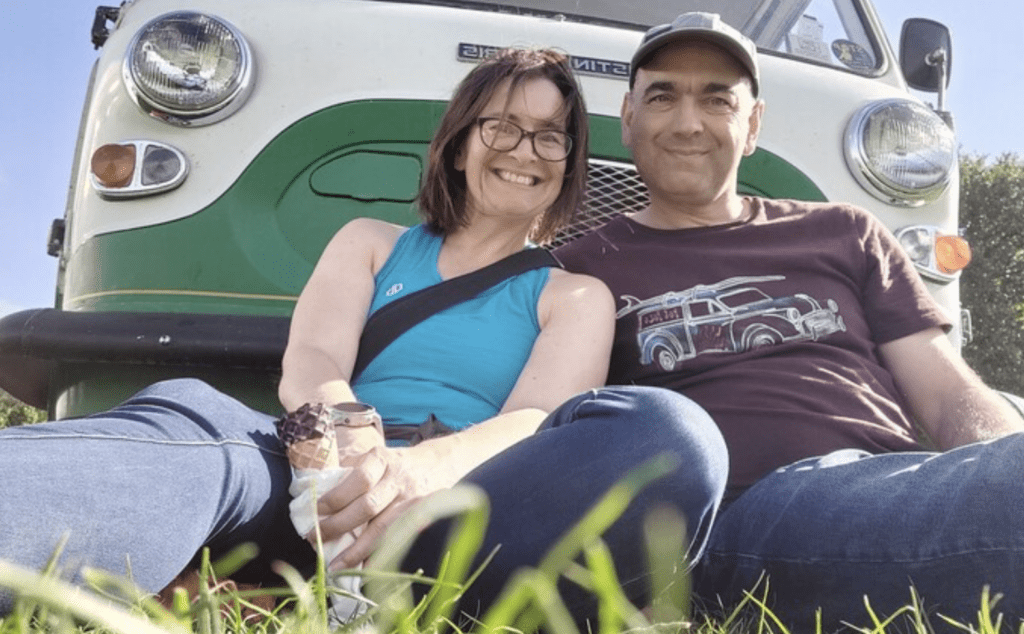
Tony and Helen Pattison
Ages: 65 and 62
Location: Surrey
Model: 1971 Commer Tourstar
Bought: 2019
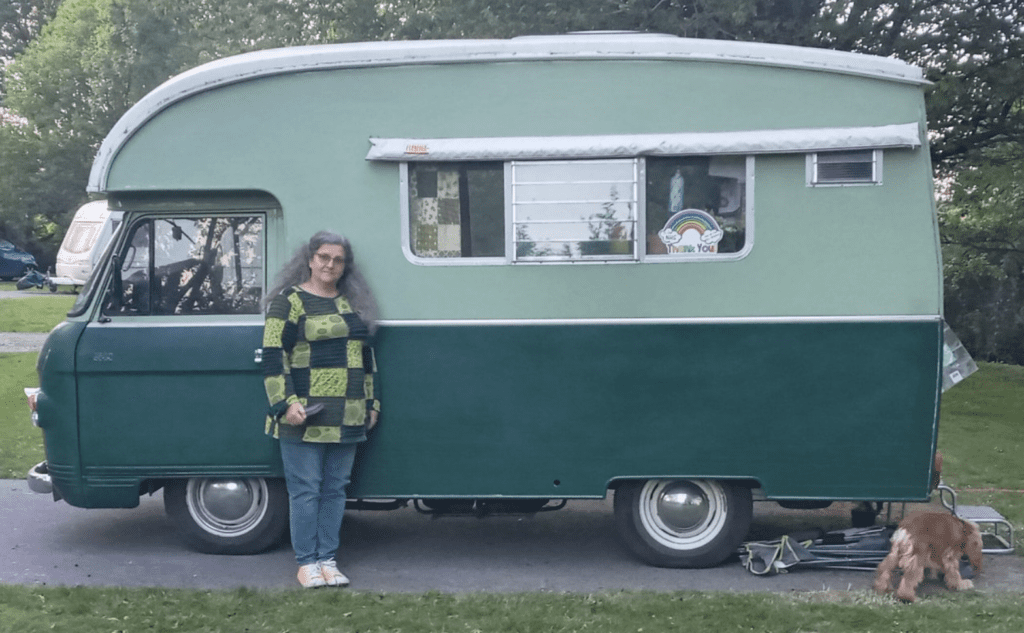
“Our Commer represents freedom and is a reminder to slow down. Mind you, I wouldn’t go fast even if I could; I want to explore on a whim, without a deadline or destination in mind.
“A big plus of owning a campervan is that we can stop anywhere and put the kettle on, or that we can arrive at a campsite and the holiday begins immediately. I’d been looking for a van and when I saw a Morris Paralanian on eBay, my heart skipped a beat. Tony joked that he wouldn’t live long enough to do it up, so we checked the classic vehicle websites and found Pootle – which is what we call our Commer Tourstar.
“We bought it in the Yorkshire Dales and Tony drove it home with me following behind. While taking a break on the M1, I told him he’d have to do more than 34mph. But when he tried, the engine overheated and had to stop to let the van cool down. Now, with a slighty better engine, we can reach a respectable 55mph.
“In their day, Tourstars were expensive and seen as luxurious, aimed at providing commercial travellers and holidaymakers with a home-from-home. Features inside include a loo and shower. The wardrobe door can be bolted to the shower compartment door to make a little bathroom – there was even the option of a bath.
“While Tony cares for the engine, I’ve kitted Pootle out with period kitchenalia which reminds me of my childhood. The van is fun and other people enjoy it, too. They’ll wave, or bang on their window at traffic lights to tell us they’ve enjoyed seeing it.”
Loraine and Phil Hughes
Ages: 58 and 61
Location: Gwynedd
Model: 1962 Bedford CA Dormobile Romany (Basic Model)
Bought: 1962

“Phil’s great uncle and aunt bought the Bedford for £695. Two years later, Uncle Bert took the vehicle – which we call Doris, after his sister – to Algiers, via Morocco.
“We’ve not driven that far before. Instead, we normally do round-trips of 100 miles or so. Wherever we go, Doris attracts attention because people of a certain age have memories of Bedfords being used as delivery vans.
“Phil remembers childhood holidays in the van and now it’s his to drive – and maintain. Mind you, Doris – now worth in excess of £20,000 – has fought back occasionally, covering him in oil and brake fluid.
“It’s wonderful to drive; so light, responsive and comfortable. Sleeping is a different matter, though. In terms of weaknesses, she’s a little slow on motorways and only has a three-speed gearbox with column change.
“All the Bedford Dormobiles started life as panel vans built in the Vauxhall Bedford plant at Luton. They were transported by train to Folkestone and fitted out as campers by Martin Walker.
“Doris is unusual because she’s a short wheelbase conversion with no lifting roof – just a skylight. The front and rear seats convert to two singles or double bed. Other features include a Formica table, twin burner, gas grill and seats which move to make dining chairs.
“Uncle Bert used it for weekend trips and holidays regularly until 1993 when finding parts became a problem. Phil took over the vehicle because he didn’t want it leaving the family. It was stored in his father’s garage, where it deteriorated until Phil decided to restore it in 2014. Three years later, she had been transformed into Doris.”
Roy Robinson
Age: 57
Location: West Sussex
Model: Morris SunTor Estate Caravan
Bought: 2007
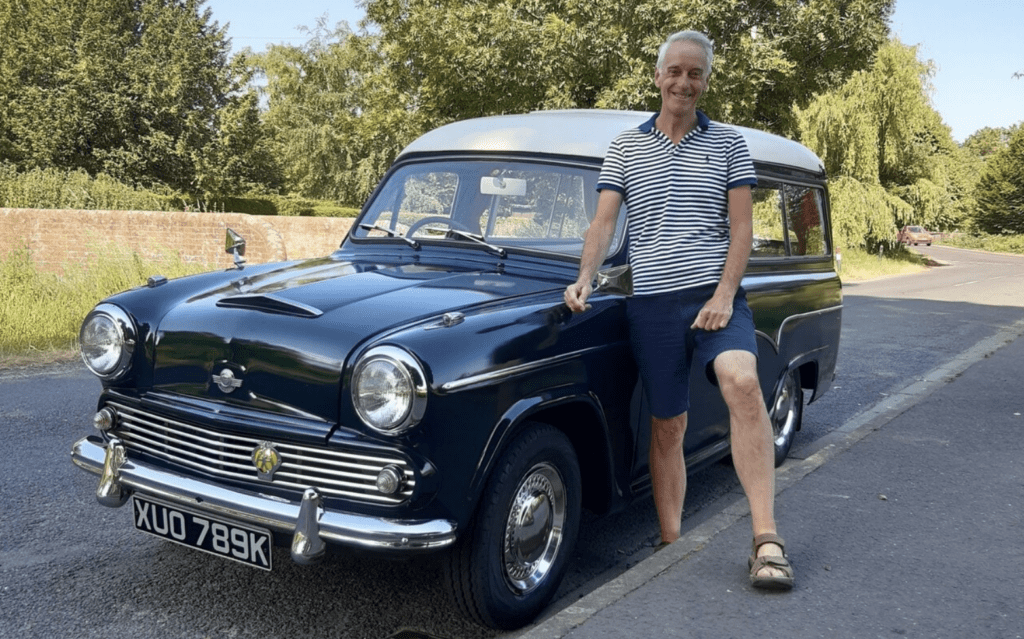
“The basis for this conversion, by Torcars of Torrington, was the BMC/Leyland half-ton van, an Austin Cambridge-based commercial vehicle introduced in 1956.
“Six years later, the range had a facelift and a badge-engineered Morris version was added. Mine is one of the last registered in Morris guise. There were 150 made, as far as I know. Mine has had several owners but fell out of use in the 1990s. It reappeared as a barn find in 2005 and I bought it two years later. The day I viewed it, I also saw a Morris Marina SunTor which seemed light years away in terms of modernity. But there was no contest, I wanted the more interesting, larger, rarer Morris.
“The vans formed the basis for all manner of special bodies, including these Torcars caravanettes. This type of camper – which cost me £1,200 – proved popular because they were versatile and their size made them easy to park. Fittings include a two-burner gas hob, grill, sink, water supply, dining table and wardrobe while the seats rearrange for sleeping.
“Among the longest trips I’ve made is a touring holiday in France. The van’s performance was impeccable, even in hot weather. And, although space is at a premium and a lack of power-steering means the van is heavy when manoeuvring, it has many strengths: it’s rugged, possesses an almost indestructible feel, has comfy seating, is reliable and runs smoothly.”
Carlo and Julie Pegoraro
Ages: Both 49
Location: Dorset
Model: 1972 Austin Morris J4 Canterbury Seeker
Bought: 2015
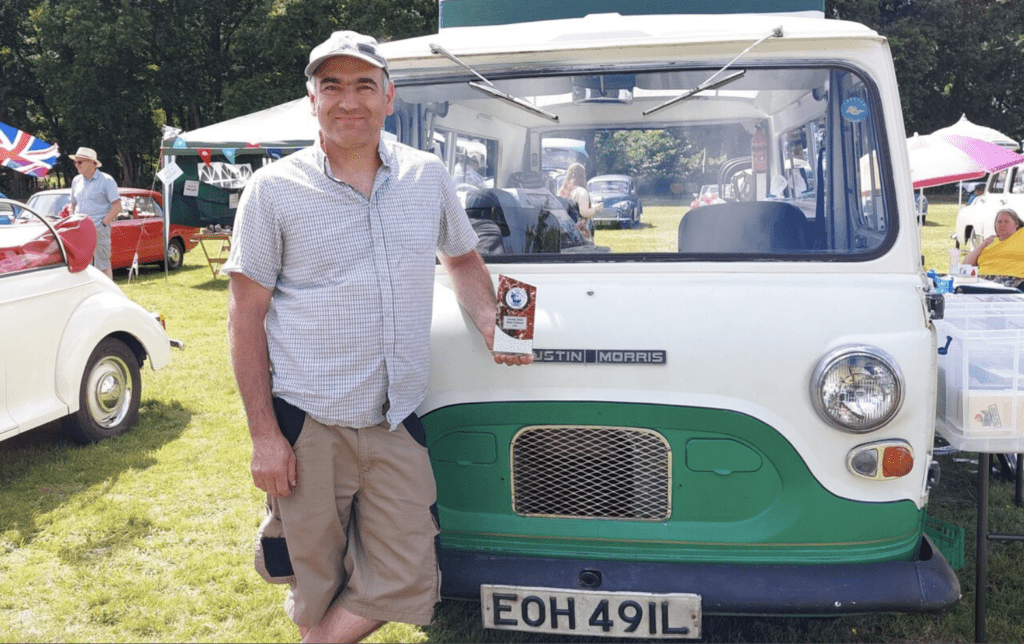
“Last year was the first time Julie and I could plan long trips since the Covid restrictions. We made up for it with a 590-mile trip around Gloucester and Wales and a 560-mile adventure exploring Devon and Cornwall. Every trip in ‘Enoch’ – so called due to the registration – is memorable, especially considering I bought it in pieces.
“As far as I know, it’s the only Canterbury Seeker still on the road, but I’m aware of three others awaiting restoration. Other J4 Campers are roadworthy but they’re from different builders, such as Dormobile and Bluebird.
“The “forward control” driving position takes some getting used to, especially the gear change due to long linkage to the gearbox from the engine which is underneath a cover between the front seats. It’s great in winter when you need some heat, but not so good in summer.
“In terms of weaknesses, the steering can appear vague and the lack of rust protection meant the vehicle rusted at an alarming rate.
“Now, it’s worth more than the purchase price but probably less when restoration costs are considered. But its value doesn’t matter because it’s part of the family and we have no intention of selling.”
Tony Hall
Age: 65
Location: Northamptonshire
Model: 1966 Bedford CA Dormobile Romany (Deluxe Model)
Bought: 2009

“My van’s history includes being parked up in a garage for 25 years before someone acquired it and installed a reconditioned engine. I bought it off a friend for £3,500 and am now the sixth owner.
“Despite owning Caity for 14 years, I haven’t driven her on many long trips, other than a 700-mile round-trip to Holland to meet owners of other old-timers. Plus, last year I drove to the new Dormobile company’s HQ in Hampshire for an event celebrating the 70th anniversary of the Bedford CA. I went a few days before and loved driving around the New Forest with the driver’s door slid open while enjoying the sunshine.
“The original Dormobile company in Folkestone forged great bonds with the Bedford CA, explaining why so many were converted. This model helped Martin Walter, later trading under the Dormobile name, become so famous.
“There are still several Bedford CAs around, which proves the strength of these old vans. The actual conversion probably wouldn’t pass many safety standards now but, at the time, they were probably the best vans around until the Ford Transit hit the road in 1965. By then, however, the CA had finished its run and been superseded by the Bedford CF.
“I love driving my little Bedford and particularly like the four-speed column gear change and sound of the little exhaust pipe that exits out of the driver’s side of the van. It’s a nightmare to drive above 50mph, though, because it’s so loud. But I know she’ll get me wherever I’m going because it’s such a reliable little camper.”
Danny Webb
Age: 53
Location: Bristol
Model: 1971 Ford Transit CI Mk1
Bought: 2020
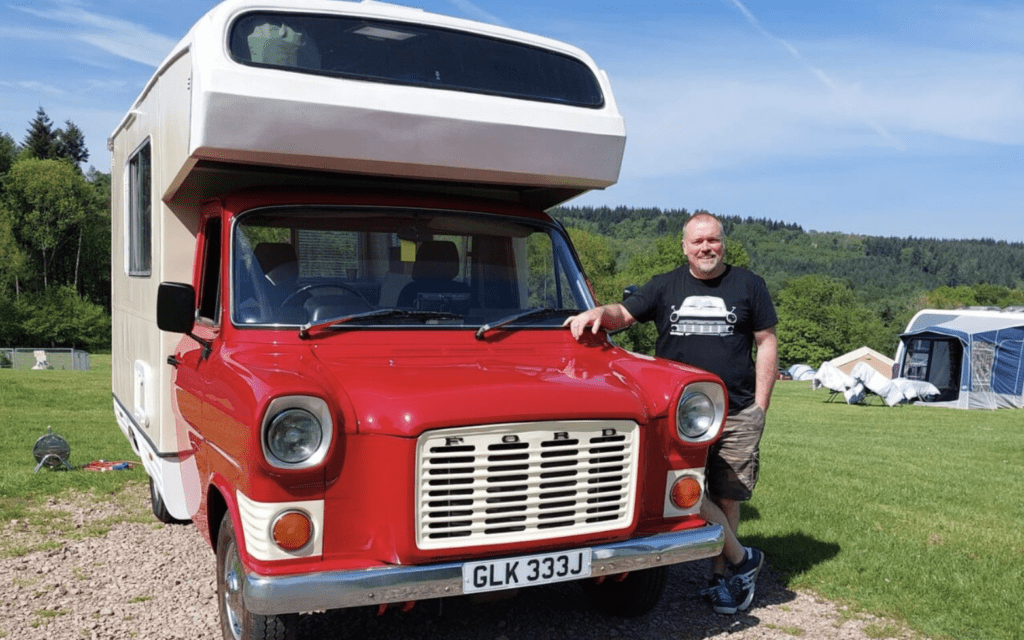
“This is a CI motorhome conversion carried out on a Ford-supplied chassis cab. CI (Caravans International) was an original British company set up in 1963. After going into liquidation in 1982, the Trigano Group bought the brand name.
“The previous owner had it for 20 years but sold it when it began needing lots of attention. I started work immediately because the cab section was rusty and the motorhome had severe damp issues. The front wings and bonnet were replaced and the windscreen pillars repaired due to rust. Other localised repairs were completed, including both doors being re- skinned and welded, plus rotten wood removed from the motorhome frame.
“The colour is Land Rover Masai red, and the grille and motorhome is Land Rover Limestone, both period 1970s colours that complement each other.
“The interior is completely new, with a modern twist on the original layout. Hot water, heating, fridge, oven/grill, shower room with toilet and LED lighting throughout.”
With thanks to the Classic Camper Club – more details on classiccamperclub.co.uk.
Source: The Daily Telegraph. No copyright infringement intended.











